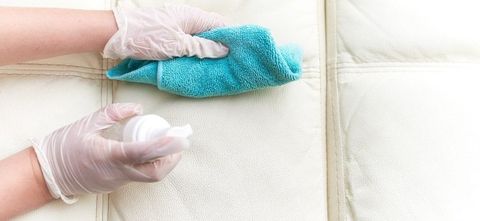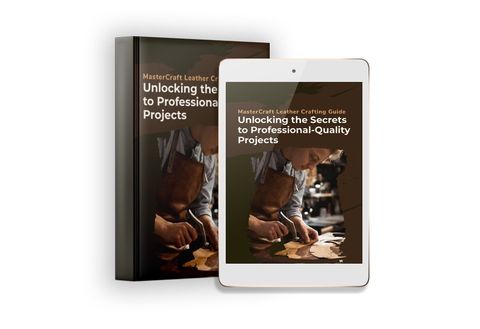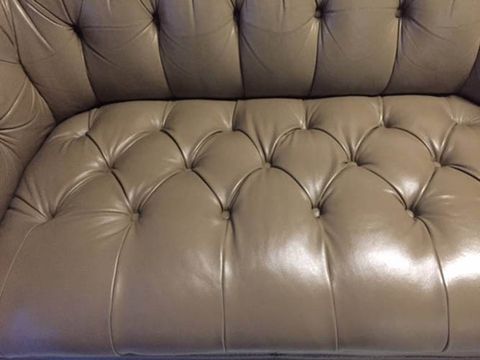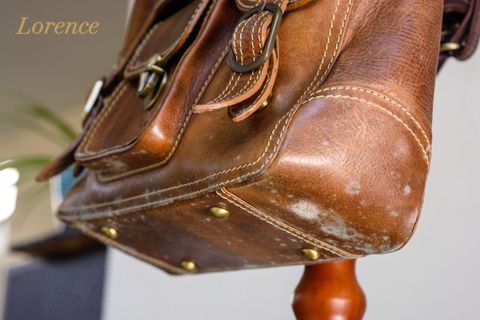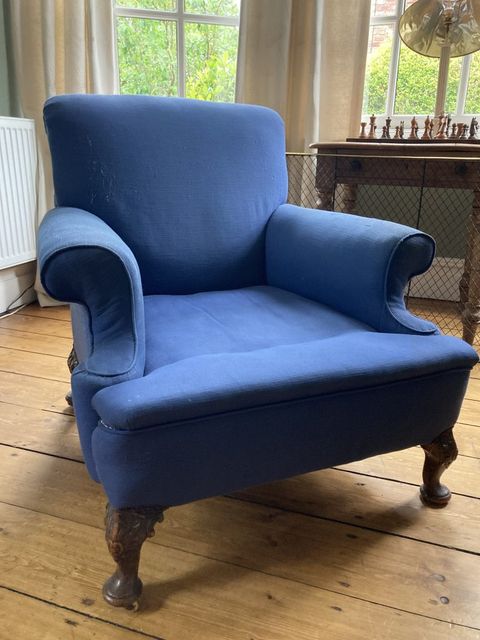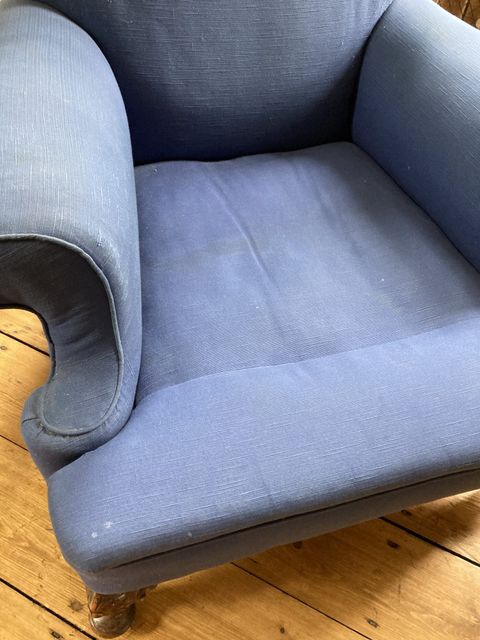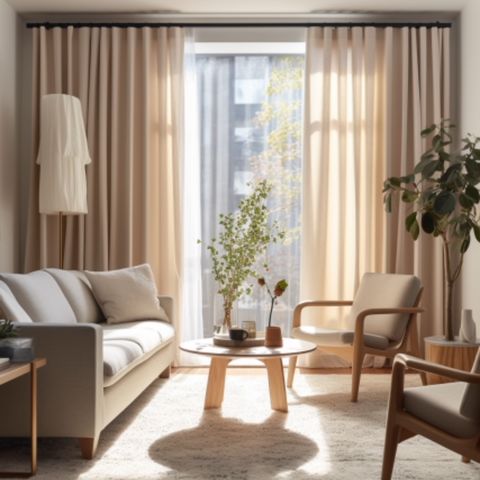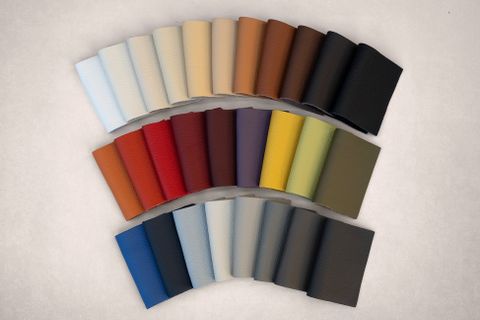Leather, that classic material of luxury and endurance, adds a touch of sophistication to any space. But the world of leather upholstery is a complex one, filled with various kinds, treatments, and grades. Choosing the right leather can feel overwhelming, whether you’re selecting a sofa for your living room, a chair for your office, or a custom piece for your home. Fear not, leather lovers. This guide is here to help you navigate the options with ease and make informed decisions. We’ll delve into the different leather types, explore their properties, and provide practical tips to guide your selection. Get ready to become a leather expert and transform your space with confidence, and your newfound knowledge.
Leather, in its many guises, is a popular selection for upholstery. It’s durable, it looks good, and it develops a beautiful patina over time. But understanding the different types of leather is essential to making the right choice for your needs and your budget. From full-grain to bonded, each type possesses its own unique characteristics, pros, and cons. This article will serve as your go-to resource, breaking down the complexities of leather upholstery and empowering you to make informed choices. Let’s get started; this is going to be fun, and you will learn a lot.
Full-Grain Leather: The Pinnacle of Quality
Full-grain leather is the top of the heap, the gold standard, if you will. It comes from the outermost layer of the animal hide, which has not been sanded or buffed to remove any imperfections. This means it retains the natural grain and unique markings of the animal. Think of it as the leather’s ‘birthmark.’
- Why it’s great: It’s incredibly durable, ages beautifully, and develops a rich patina over time. It’s also breathable, which means it’s more comfortable in both hot and cold conditions.
- The downside: It’s the most expensive type of leather, and it might have some natural imperfections (which some people actually like).
- Perfect for: High-traffic areas, furniture that will be used frequently, and pieces where longevity is a top priority. Consider it for your sofa, your favorite chair, or that gorgeous dining room set.
Top-Grain Leather: A Step Above the Rest
Top-grain leather is the second-highest quality. The top layer of the hide has been sanded or buffed to remove imperfections, making it smoother than full-grain. This process also makes it more supple and consistent in appearance. However, this treatment also removes some of the leather’s natural strength and durability.
- Why it’s great: It’s still a very high-quality leather, is generally more affordable than full-grain, and has a very consistent look.
- The downside: It’s not quite as durable as full-grain, and it won’t develop the same rich patina.
- Perfect for: Furniture that needs a refined appearance, such as office chairs, car interiors, or some sofas. It is a great balance of quality and price.
Split-Grain Leather: A More Affordable Option
Split-grain leather comes from the fibrous part of the hide that is left after the top-grain has been separated. It’s generally a less expensive option and is often used to create suede or to make leather products more affordable. It is often coated with a finish to give it a more uniform appearance.
- Why it’s great: It is a more budget-friendly option.
- The downside: It is not as durable or strong as full-grain or top-grain leather, and it is more prone to cracking.
- Perfect for: Items where cost is a major concern, or for areas that don’t see a lot of use. You might see it used in some parts of a sofa that aren’t heavily used, or in accessories.
Bonded Leather: The Least Expensive Option
Bonded leather is made from scraps of leather that are bonded together with a binding agent, and then a surface coating is applied. It’s the most affordable type of leather, but it’s also the least durable.
- Why it’s great: It’s very inexpensive.
- The downside: It’s not very durable, and it’s prone to cracking and peeling over time. It doesn’t have the same look or feel as real leather.
- Perfect for: Items where cost is the absolute primary consideration, and the item won’t be subjected to heavy use. It’s sometimes used in low-cost furniture or promotional items. Be very careful, though, as it doesn’t last long.
Understanding Finishes and Treatments
The finish of the leather plays a huge role in its appearance, durability, and how it feels. Here are some common finishes:
- Aniline Leather: This is the most natural-looking leather. It’s dyed with soluble dyes, which allows the natural grain and markings to show through. It’s soft, supple, and luxurious, but it’s also more susceptible to stains and scratches.
- Semi-Aniline Leather: This leather is also dyed with aniline dyes, but it has a thin protective coating added. This coating adds some stain resistance and durability while still retaining much of the natural look and feel.
- Pigmented Leather: This leather has a pigment coating applied to the surface, which provides more protection against stains and scratches. It’s more durable than aniline leather, but it can sometimes feel less natural.
- Corrected Grain Leather: This type of leather has had its surface corrected to remove imperfections and then has a pigmented finish applied. It’s very durable and consistent in appearance, but it’s not as luxurious as aniline or semi-aniline leather.
Practical Tips for Choosing Leather Upholstery
Here’s some practical advice to help you choose the right leather upholstery:
- Consider your lifestyle: If you have kids, pets, or a high-traffic household, opt for more durable options like top-grain or pigmented leather. Aniline leather might not be the best choice.
- Think about your budget: Leather prices can vary widely. Determine your budget upfront and then explore the options within that range. Remember, you often get what you pay for, so make sure you are getting a good quality.
- Evaluate the look and feel: Visit furniture stores and touch and feel the different types of leather. Consider the color, texture, and overall aesthetic you want to achieve.
- Read reviews: Before making a purchase, read online reviews from other customers to get an idea of the leather’s durability and how it holds up over time.
- Ask about care and maintenance: Different leathers require different types of care. Make sure you understand how to clean and maintain the leather you choose, so you can keep it looking its best.
- Don’t be afraid to ask questions: The salesperson should be able to answer all of your questions about the leather’s origin, tanning process, and care requirements.
Choosing the right leather upholstery is an investment in your home’s style and comfort. By understanding the different leather types, finishes, and treatments, you can make an informed decision that suits your needs and budget. Remember to consider your lifestyle, the look and feel you desire, and the level of maintenance you’re willing to undertake. With this knowledge in hand, you’re well-equipped to select the perfect leather for your next upholstery project and enjoy it for many years to come. Happy decorating and enjoy the process. And don’t worry if you make a mistake, it’s just leather. You will learn, and you will evolve. It’s all part of the journey and the adventure.

